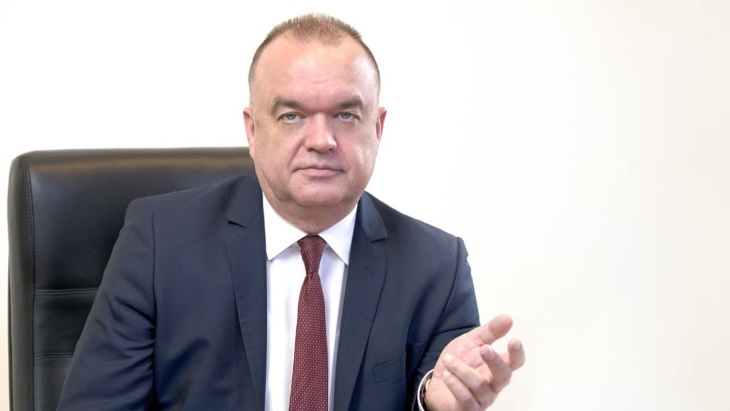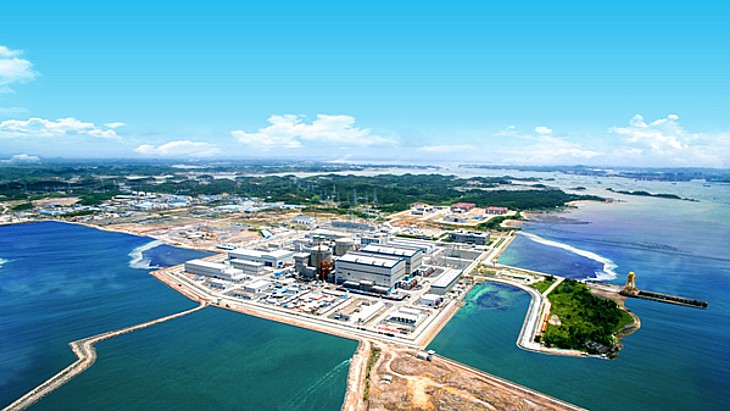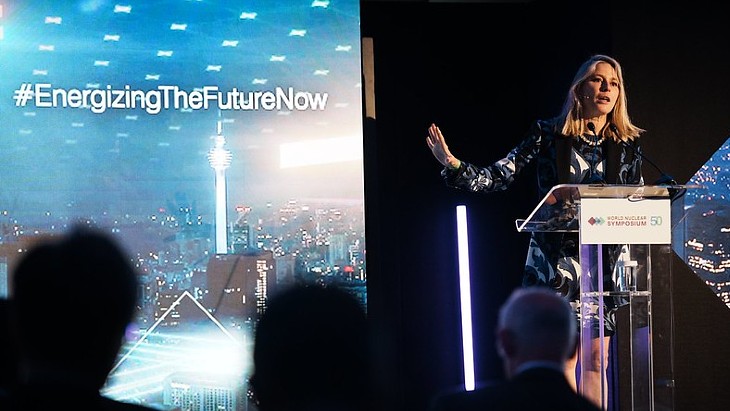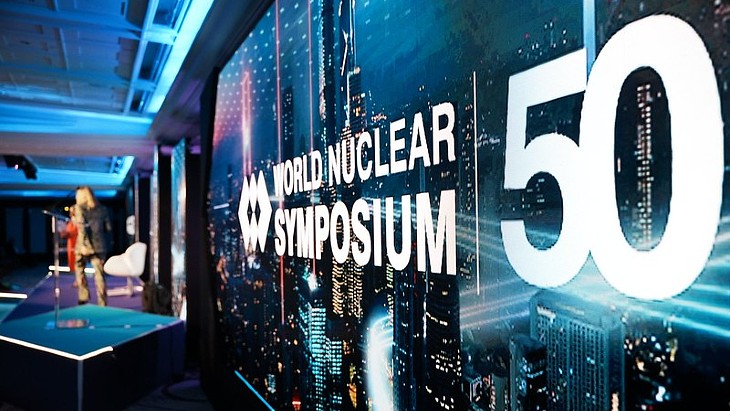Expansion of the Khmelnitsky plant is part of the Ukraine-European Union Energy Bridge - or Energomost - project, which would link Khmelnitsky 2 to Burshtyn Energy Island and connect with power lines to Rzeszów in Poland and Albertirsa in Hungary.
"After the collapse of the Soviet Union, the whole world together with Ukraine decided to freeze the construction of nuclear power units. Thirty years have passed and the states are returning to the development of nuclear power plants because it is a cheap, environmentally friendly and stable source of energy. Ukraine should be among them," Kotin said.
These units were planned to be built using the proceeds of nuclear power exported from the Khmelnitsky plant to Poland as part of the Energomost project.
"This project is almost ready. All that's left is to sign. The Ministry of Energy is to sign a partnership agreement with the Consortium comprising Westinghouse, EDF Trading and Polenergia. The consortium won the tender for participation in the project. The consortium has invested about EUR270 million (USD331 million) in the project to date, Kotin said.
The project was devised during former energy minister, Ihor Nasalyk's, time in office. Nasalyk resigned in 2019.
"Unfortunately, Nasalik did not have time to sign the agreement before his resignation. And since then, the signing date has been constantly postponed. In early December, the Ministry of Energy rescheduled the signing of the agreement to mid-2021," Kotin said.
Asked to confirm that "Poland no longer supports the project", he said that the Polish minister responsible for energy infrastructure, Piotr Naimski, is "against it", adding, "But I don't want to evaluate his political views."
The project will cost UAH73 billion (USD2.6 billion), Kotin said, and the new Khmelnitsky units can be completed in five years, if nuclear power prices are increased by 20 kopecks per kWh - from 57 to 77 kopecks per kWh.
"That is still half the thermal power tariff and seven times less than the green generation one," Kotin said. "The power units can be completed if all electricity producers work according to the same conditions."
He added: "We have already started preparations for the construction of the power units and Turboatom has already produced a turbine for unit 3. According to the plan, the launch of this unit should take place in 2026."
Nuclear fuel processing plants are "stillborn projects", he said, because they are "economically unprofitable".
"It's much cheaper to buy fuel from the world's manufacturers than to build one's own plant," he said, as was shown in Romania when the Cernovoda nuclear power plant was being built and Romania built a nuclear fuel plant. That project was "canned" because of the unprofitability of fuel production in relatively small volumes, he said.
The full interview (in Russian) is here.





_92619.jpg)
_84504.jpg)

_58447.jpg)




